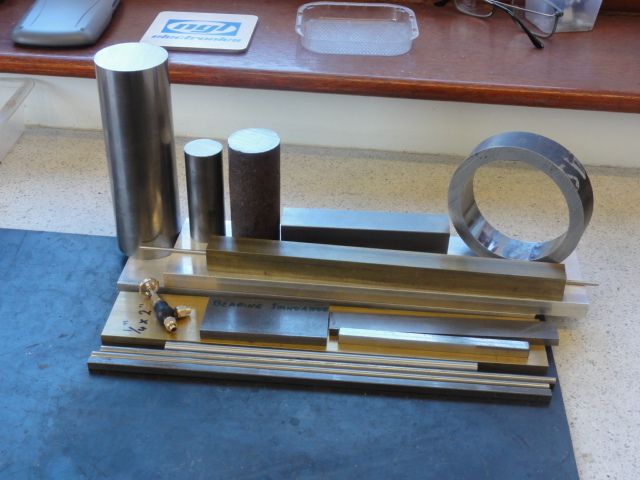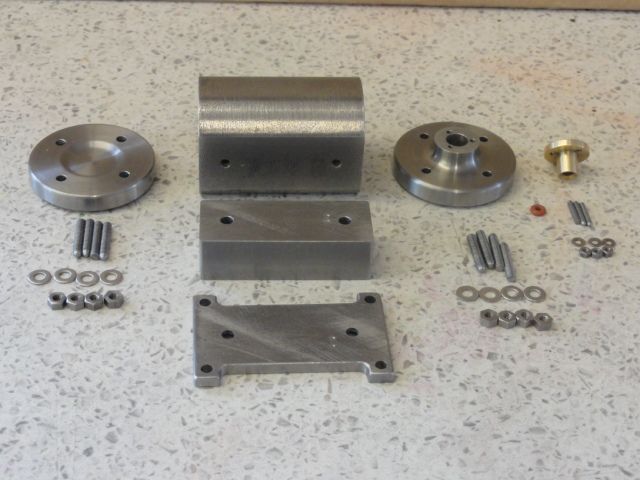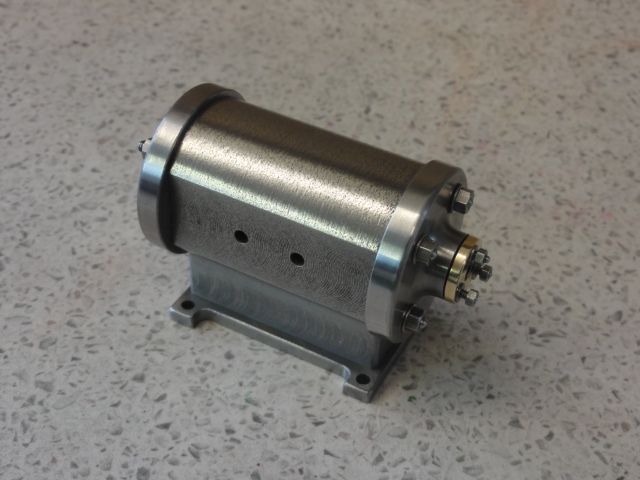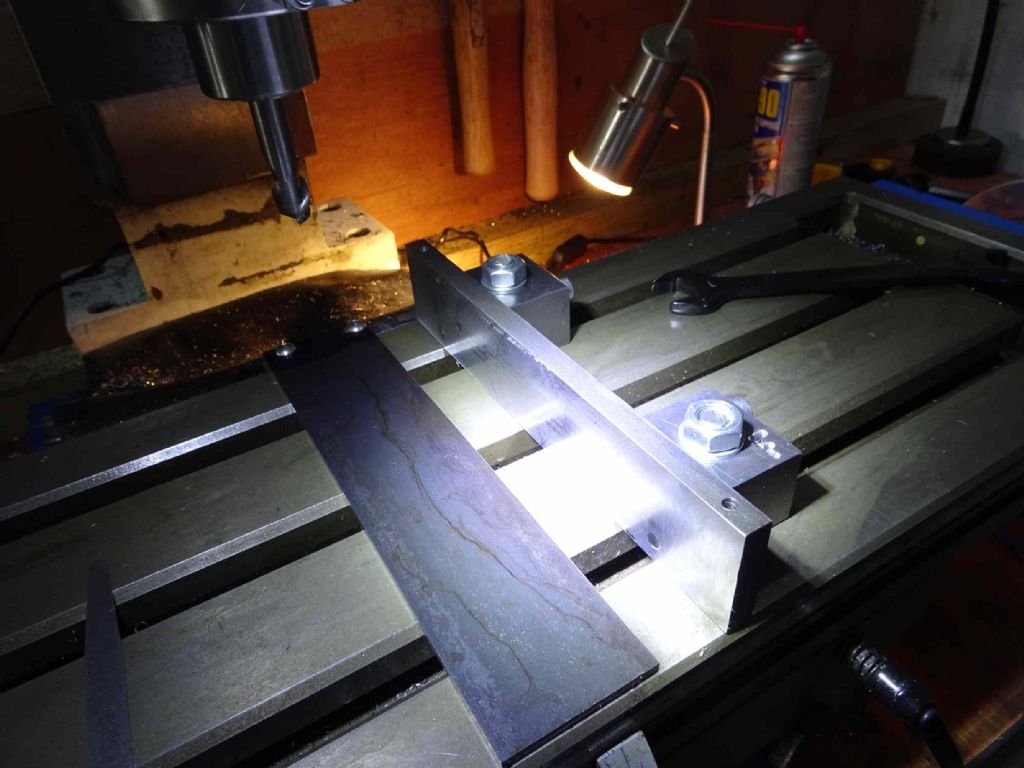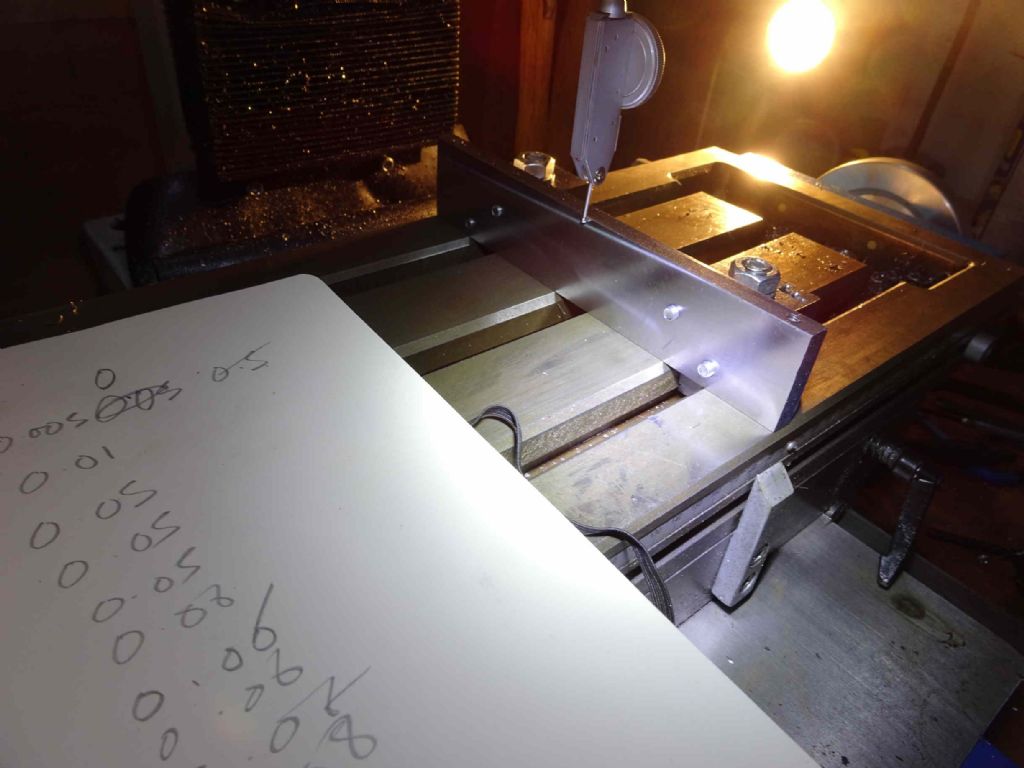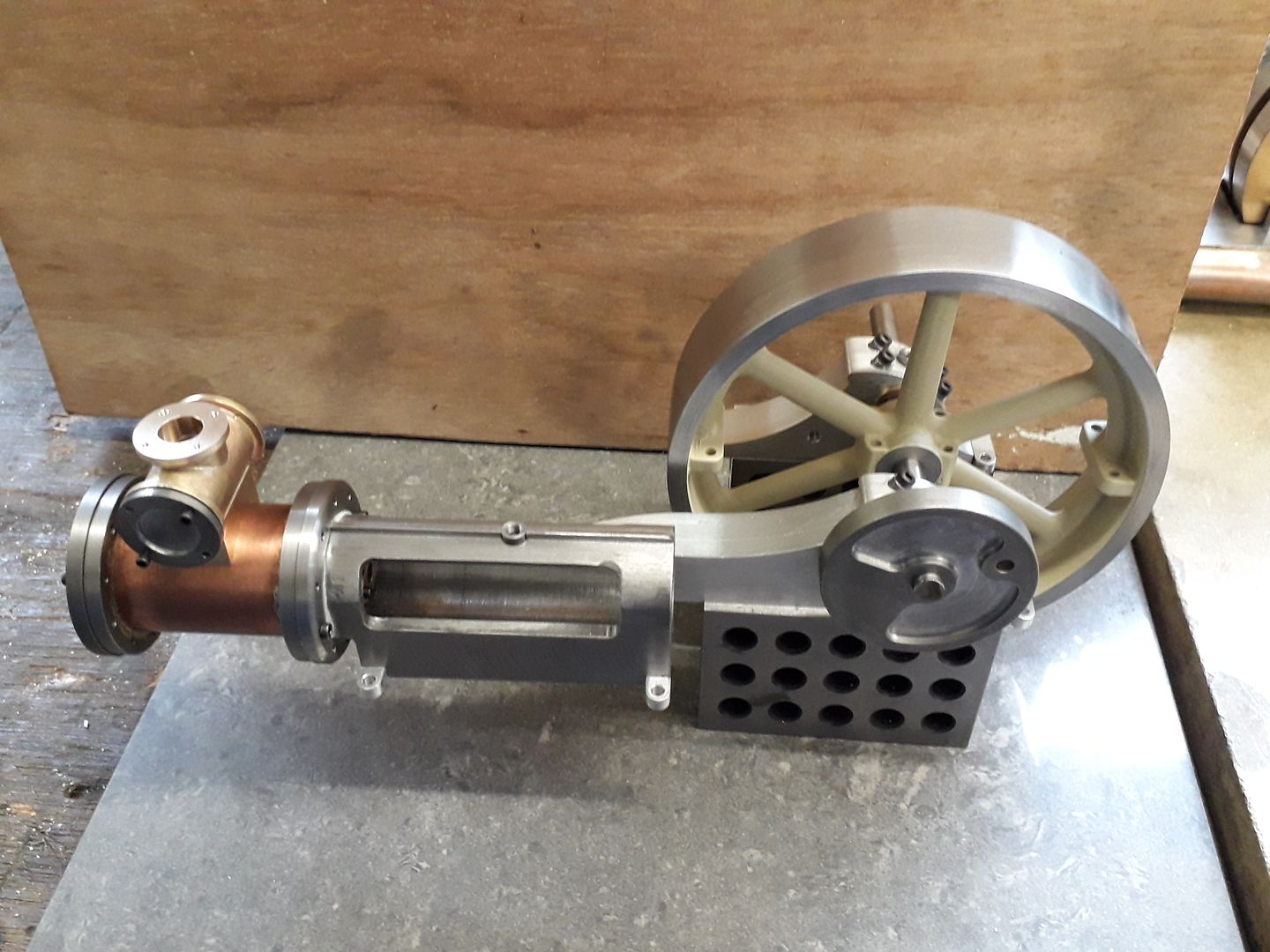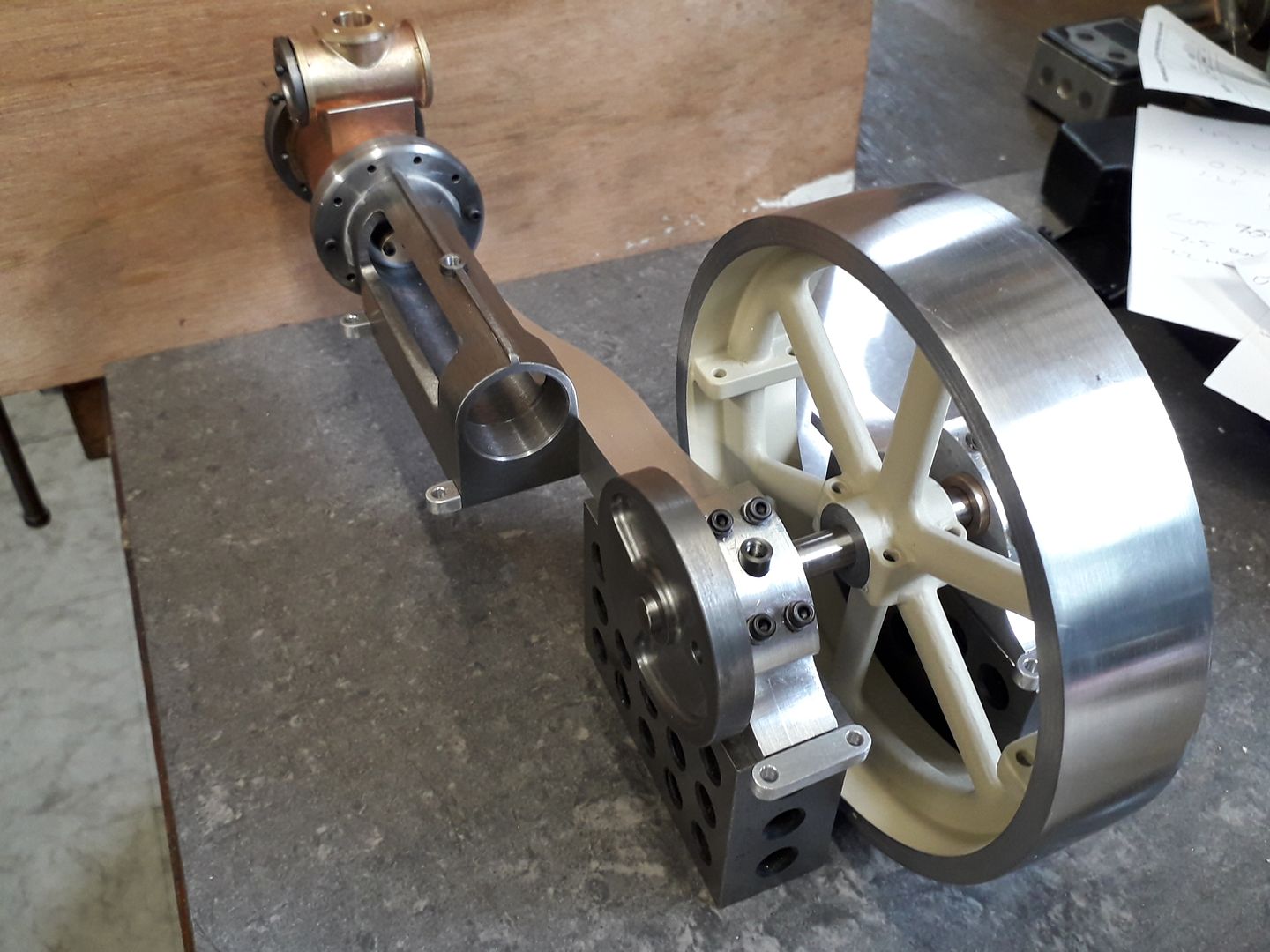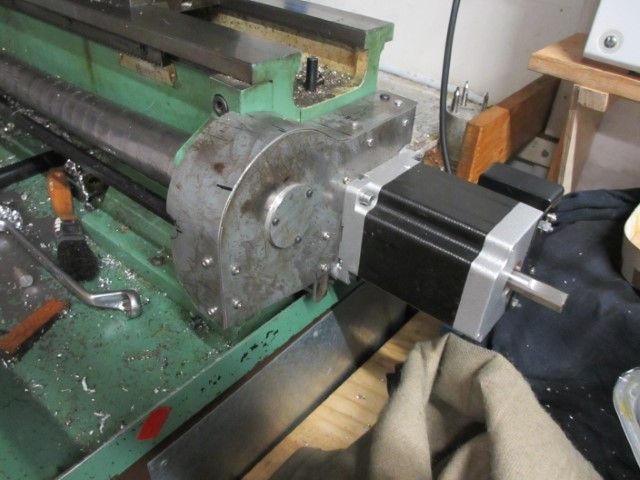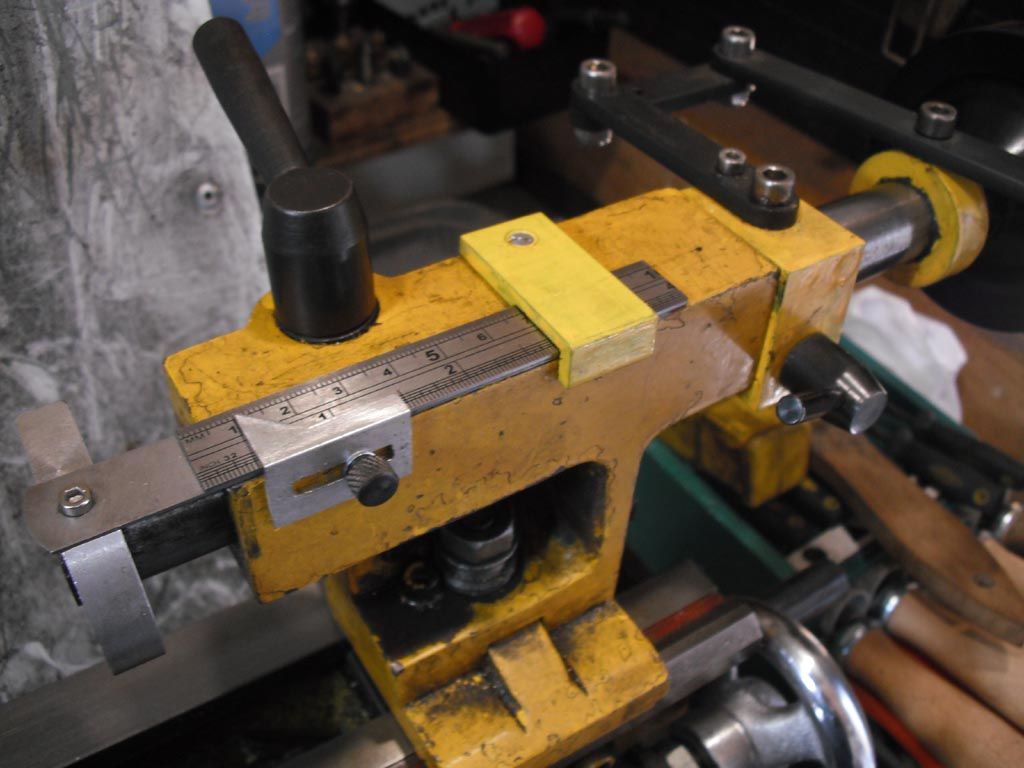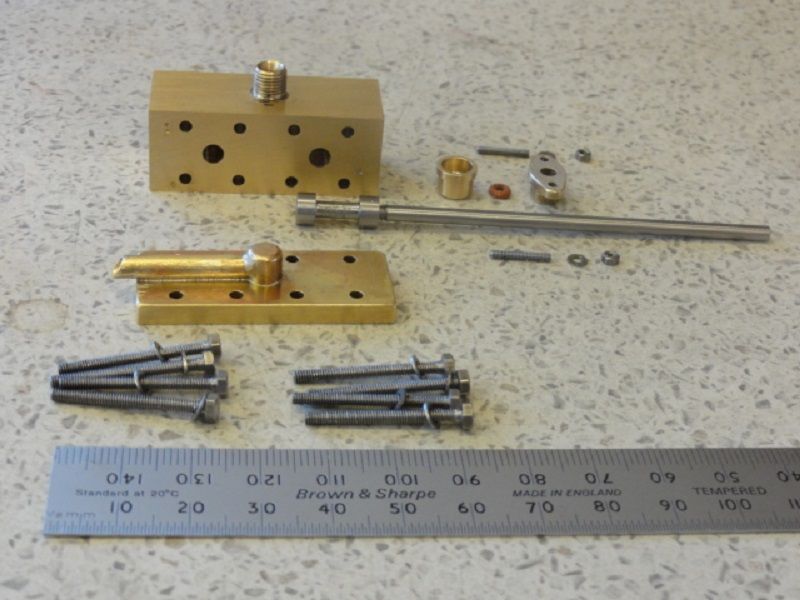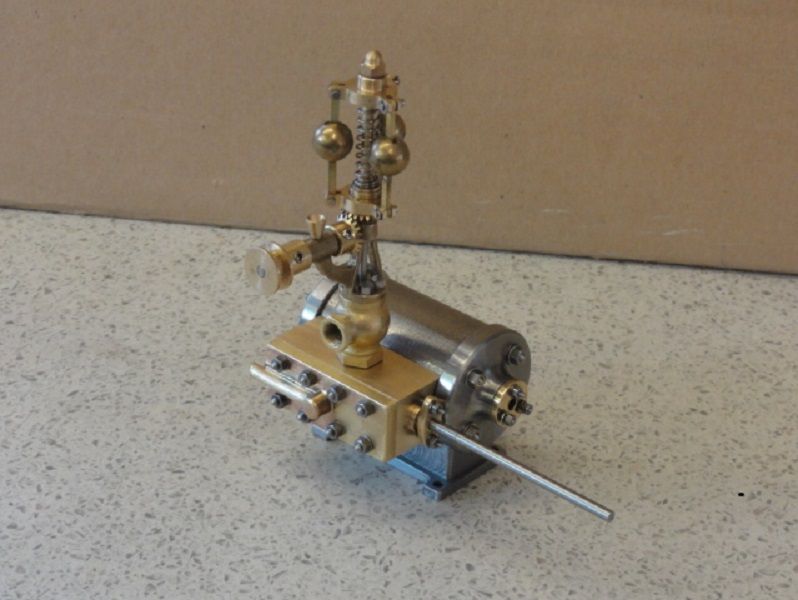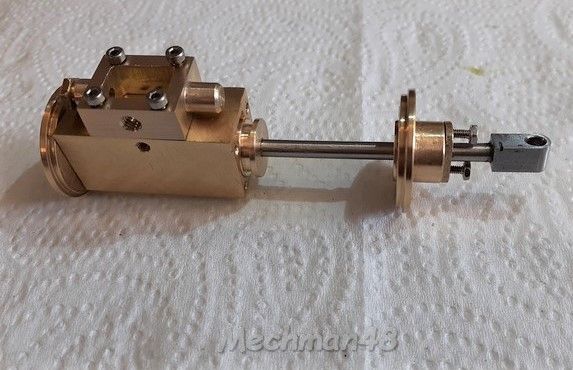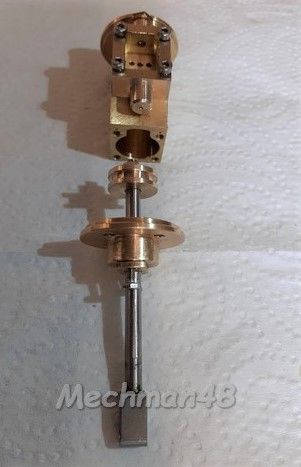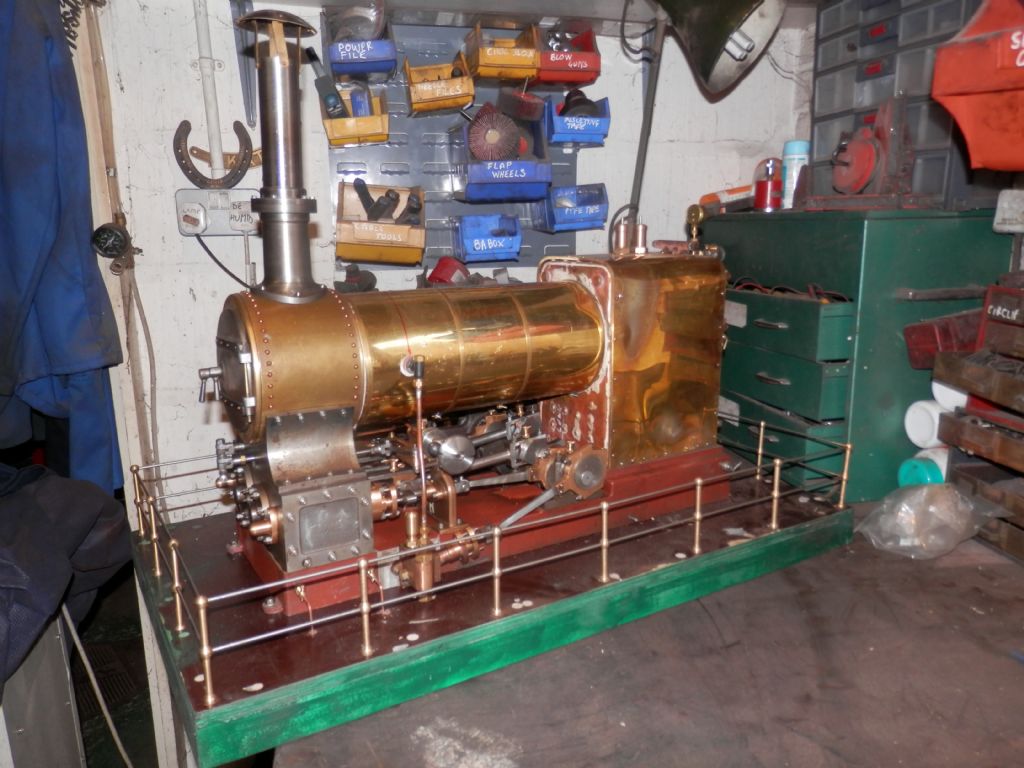Posted by Mark Rand on 31/03/2020 00:40:46:
Having melted many, many disassembled hard disks, plus a couple of decent sized castings last week, I've now got 75kg of aluminium ingots in three different alloys.
…
Are you sure the cases were all Aluminium? Some hard drive cases are Magnesium, as are many laptop bodies.
Magnesium and Aluminium look similar and melt at about the same temperature (650C vs 660C). The easiest way to tell them apart is to measure their density; Magnesium at 2.7g per cc is heavier than Aluminium at 1.7g per cc.
Whilst Aluminium is safe to machine, Magnesium swarf is rather too easy to ignite. It burns with an intense bright white flame and the fire explodes when water is poured on it. Great fun! Magnesium is used because it casts and machines better than Aluminium and is stronger, but it has to be handled with care.
Magnesium and Aluminium alloy together usefully. Commercial alloys go up to 15% Magnesium, which casts well and is strong. Alloys with less Magnesium machine better but aren't quite so good for casting. On the down side swarf from Magnesium/Aluminium alloys catches fire much more easily than ordinary Aluminium alloy swarf. It's not as bad as pure Magnesium, but still risky.
Once started metal fires are more dangerous than ordinary fires, chances are an ordinary workshop extinguisher will make them worse.
Magnesium is top metal for machinability – it's easy to cut, dimensionally stable, and gives excellent finish with no bother. Better than all other metals. Not used as much as it might be because the fire hazard always has to be managed, both whilst cutting and then handling and storing the swarf.
This Youtube Video shows what to expect. I'd cheerfully work with it, but would take care to clear swarf often and have the right sort of fire extinguisher ready to go.
Dave
mechman48.


